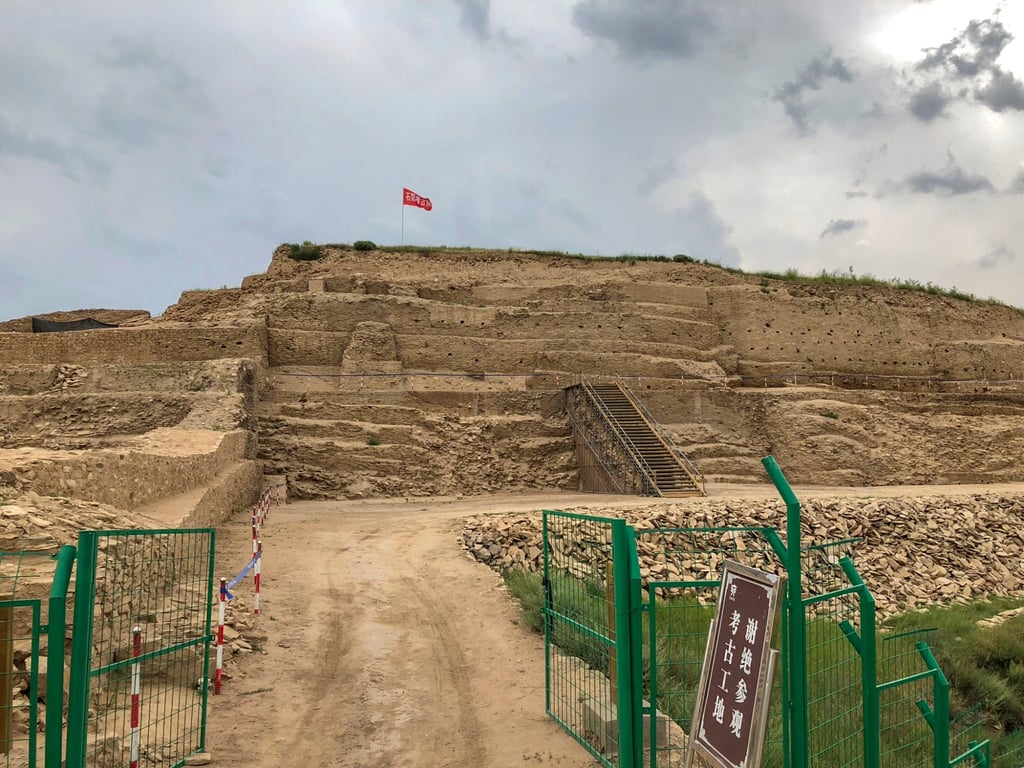It is unlikely that many readers would suspect that the nearly 20,000 bone needles discovered in northwest China would provide modern scientists with insight into the technological advances that marked the transition between two eras of human development. But they do.
A bone needle workshop at a site called Shimao in Shaanxi Province is an early example of standardized craft production from the Bronze Age (3300-1200 BC). Yet the craftsmen at this site still used technologies prevalent in Neolithic societies, suggesting that this workshop was at the forefront of the transition from Neolithic China to the Bronze Age around 2000 BC, according to a recent study to be published in the September issue of the journal. Journal of Anthropological Archaeology.
“The bone tools and materials excavated in the central mound of Shimao mark the threshold of this transition that led to the emergence of the huge Bronze Age workshops at Zhengzhou, Anyang and Zhouyuan,” the authors wrote in the journal.

Shimao was part of the Longshan culture, which existed near the Yellow River from about 3000 to 1900 BC. The people were famous for producing high-quality pottery and the culture eventually evolved into the Erlitou culture (1900-1500 BC) of the Bronze Age.
Li Min, author of the study and an associate professor at UCLA, told the Washington Post that Shimao may have been a regional oasis that served as a trading center.
Li said that through the diverse cultural interactions in Shimao, advances such as wheat cultivation and bronze metallurgy reached the millet-growing communities of the Neolithic period, “setting in motion the transition to an agropastoral economy characteristic of Bronze Age society in early China.”
Archaeologists are convinced that the bone workshop is crucial evidence for the study of this evolution.
In the study, the researchers wrote: “The specialized bone production workshop at Shimao may represent a potential link between the small-scale, unspecialized, community-based bone processing tradition of the Neolithic and the industrial-scale bone production workshops of the Bronze Age states.”
The first excavations took place between 2016 and 2018. Archaeologists uncovered 18,759 bone tools on the central mound, indicating the existence of a large workshop. The tools were mostly made of sheep or goat bone, and 86 percent were needles. There were also a handful of arrowheads and sewing awls.

The extent of the raw materials, which came from a single source, and the location of the workshop in the central mound were notable developments, as research has shown that needle manufacture in the Neolithic period was probably carried out at home and used a wide variety of bones.
“The (Neolithic) production organization was relatively idiosyncratic, without clearly defined production sites and a steady supply of raw materials,” the researchers write.
Shimao artisans typically used sheep metatarsal bones (equivalent to the human wrist) as the core raw material, which the researchers hypothesized was due to their high density and straightness.
Archaeologists believe that needles played an important role in the tanning of hides and created a link between sheep farming and clothing production in Shimao, as needles were crucial in the processing of leather and textiles.
“As in traditional craft methods, pieces of leather were sewn together using animal tendons, gut strings or hemp/ramie threads, with bone needles passed through pre-made holes pierced with stone or bone awls,” Li said. “So these special bone needles for leatherworking do not need to be very strong.”

The location of the bone workshop on the central hill of Shimao also indicates that the upper class of society controlled production. They believe that it was probably a craft workshop “affiliated” to the elites who lived on the hill.
Li said that the peculiarities of this location gave the workshop a “sacred dimension” and that “the working conditions of these bone artisans were probably appropriate given the prestigious location on the hill.”
“These garments, made in the workshop on the central mound, were probably endowed with a ritual power associated with the central mound, something we might call shamanism,” he said.
Access to the workshop was probably limited and the elites controlled the administration of labor, raw materials and the distribution of finished products.
Craft production in the workshop was probably an essential part of ritual and economic life at Shimao, a site that Li described as “a spectacle of the social, cultural and technological changes that took place about 4,000 years ago at the beginning of Chinese Bronze Age civilization.”

